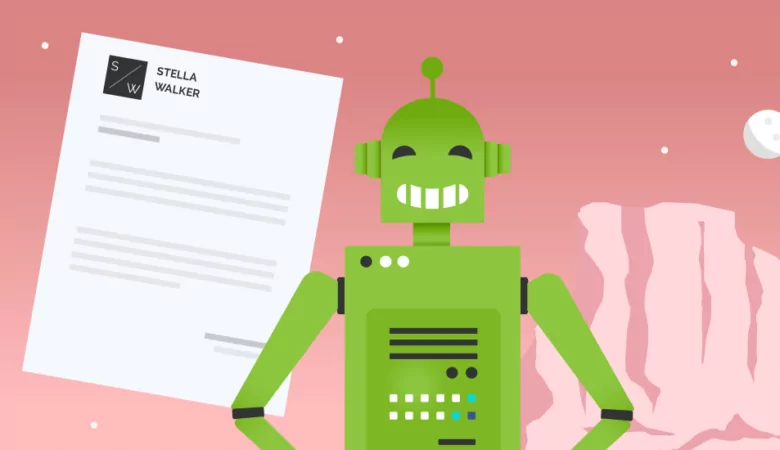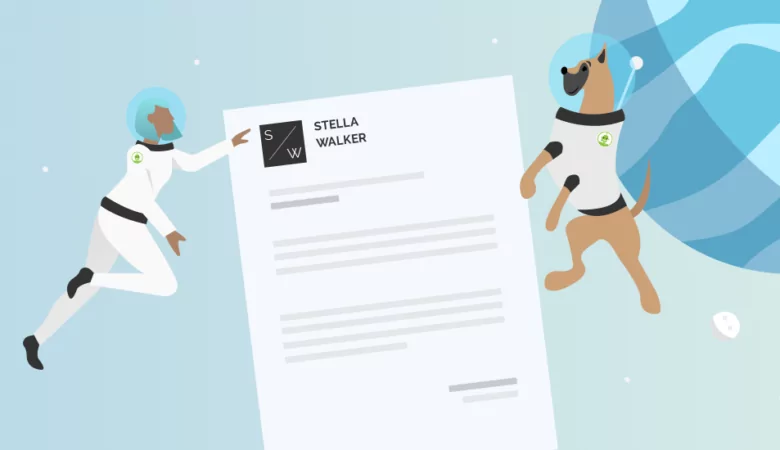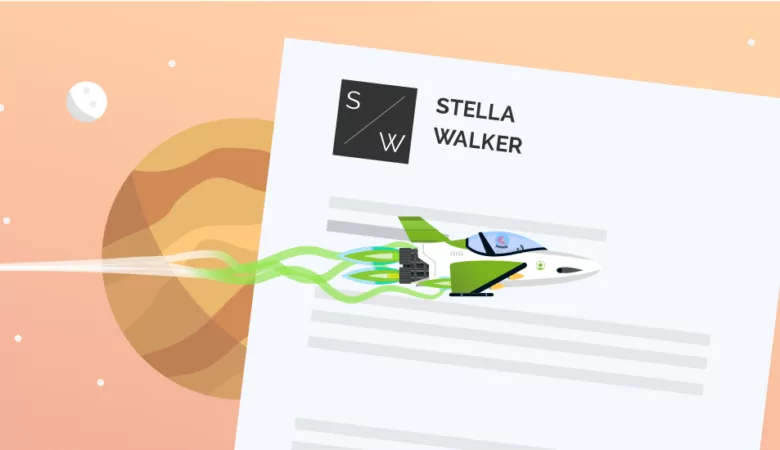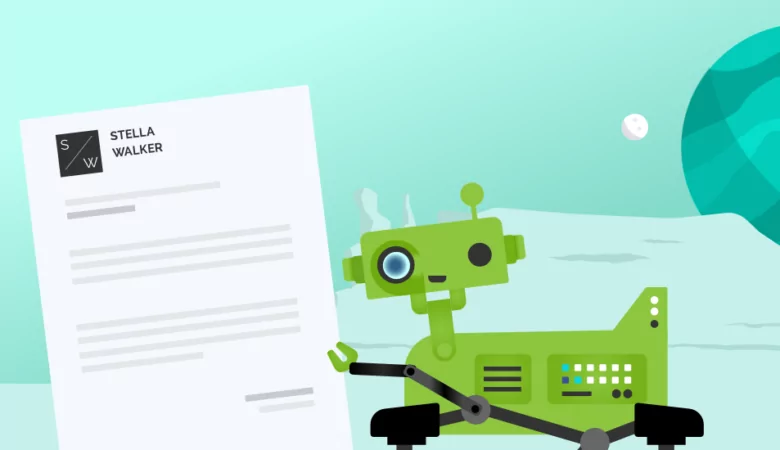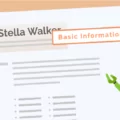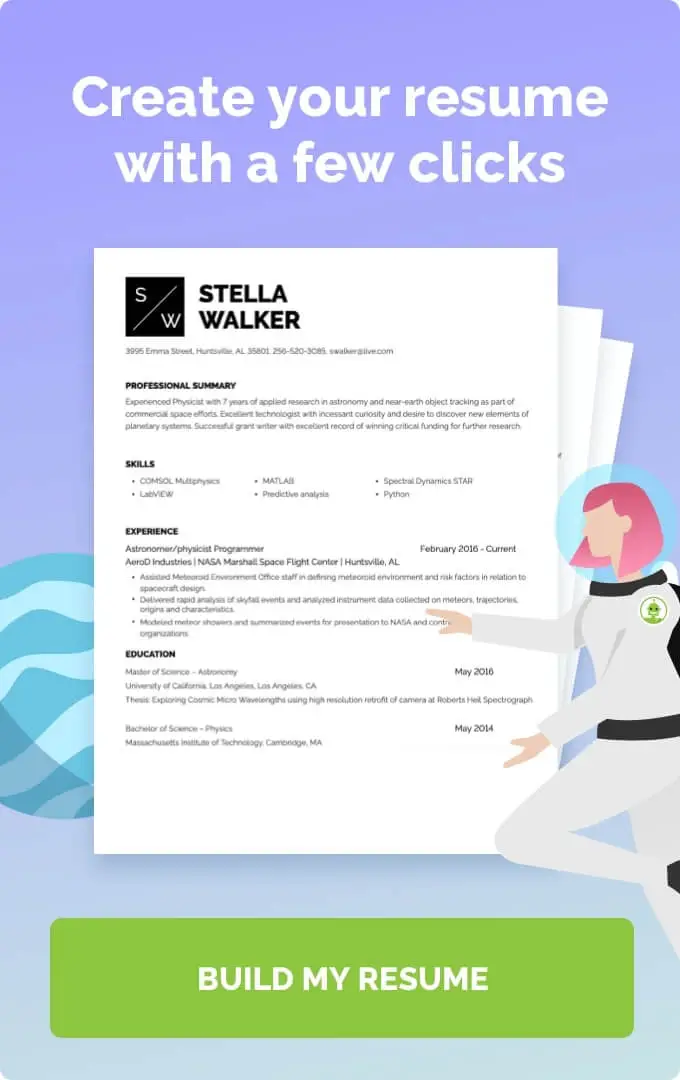The cover letter is an essential part of the job application that most job seekers tend to overlook. Here’s what an effective cover letter should say.
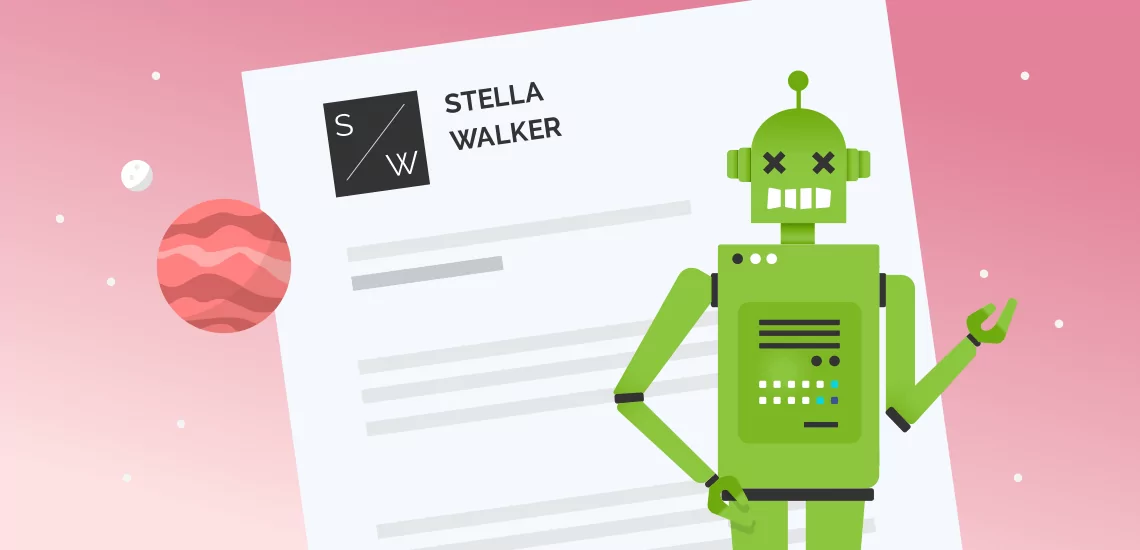
What Should a Cover Letter Say & What to Avoid
What Should A Cover Letter Say
The cover letter is one of the first parts of a job application that a hiring manager will take a look at. Unfortunately, it is also one of the most neglected aspects of the job search, too. Here are a few cover letter tips on what your next cover letter should say to help land that coveted job interview.
Why is the Cover Letter So Important?
The cover letter is often a hiring manager’s first impression of a candidate. A great cover letter can help you stand out from the dozens of other candidates that apply for the same job posting. Your skills and work experience will say a lot about your unique qualities. The cover letter can also convince a hiring manager why you are the best possible fit for the role.
Key Elements to a Writing an Effective Cover Letter
Professional cover letters tend to follow the same format:
- Personalized header
- Salutation that hooks the recruiters’ attention
- A paragraph detailing your best achievements and qualifications
- Why you’re the perfect fit for the job
- Listing your availability and a call-to-action statement
Personalized Header
The header is where you need to list all your contact information in an organized format. This includes:
- Your full name
- Your address
- Your phone number
- Your professional email address
- (If applicable) Link to a portfolio or LinkedIn profile
You also need to include the hiring manager’s information as well, including:
- The hiring manager’s name
- The company name and address
- The company phone number
- The hiring manager’s email
- Opening Paragraph: Salutation and Hook
The opening paragraph is crucial because it needs to hook the hiring manager’s attention. A great way of doing this is by starting with a personalized salutation. “To whom it may concern”, “Dear hiring manager”, or “Dear sir” are all generic, lazy openings that will show that you have not done your research into the company you are applying to.
Using the hiring manager’s name in the cover letter can establish an immediate connection between you and Human Resources, which can help you stand out from other candidates who used generic openings in their cover letters.
Second Paragraph: Your Best Qualifications and Achievements
Start off by discussing your most relevant experience and any achievements you earned working in your recent positions. Holding specific certifications or awards can also be notable achievements that a hiring manager will take notice of.
If you’re unsure of what skills or qualifications to mention, try scanning the job description for specific keywords to use on both your cover letter and your resume. A resume builder tool can also help you determine which roles to discuss in this section.
Third Paragraph: Why You’re the Perfect Fit for the Role
You can then go into detail about why your particular skills and experiences make you the perfect fit for the role. Using a brief work anecdote that elaborates on your work history can also help the hiring manager mentally connect you to the role.
Closing Paragraph: Availability and Call-to-Action
Use the last paragraph to summarize what you just wrote and to invite the recruiter to reach out to you for a job interview during specific times you are available. Using a sign-off such as “Sincerely” or “Best regards” is always a good practice, too. Keep it simple, and follow up if you don’t hear back from your potential employer in seven to ten days.
What to Avoid in a Cover Letter
The cover letter has a lot of different components to it. Here are a few elements you’ll want to avoid in writing your next cover letter.
-
Spelling or Grammar Errors
The cover letter should be free of any spelling or grammar errors. A cover letter riddled with typos will immediately be tossed out. Always be sure to spell-check and proofread your letter a few times before you send it off.
-
Walls of Text
The above format follows a specific structure for a reason. It can better help you organize your ideas, and cut your letter into neat sections that the recruiter will have no trouble reading.
Walls of text without any paragraph breaks are hard to read. Your potential employer doesn’t have much time to spend on any one application, so they will more likely toss it out instead of deciphering what your skills and work experience actually are.
-
Buzzwords or Overly Generic Phrases
If there’s one element of a cover letter that you should never add, it’s catchy business buzzwords or phrases that ultimately don’t mean anything at all. Here are some examples of popular buzzwords to avoid:
- Self-starter
- Forward thinker
- Dynamic
- Problem solver
Similarly, phrases such as “I am a people person” or “I’m a hard worker” don’t necessarily mean anything to a hiring manager unless you have the work experience or a work-related anecdote to back up your claims. Using a cover letter template is fine for helping you shape specific sections, but overall, your cover letter should reflect that you are a unique candidate that just so happens to be the best fit for the job.
FAQs: What Should a Cover Letter Say?
Unless the application specifically says not to submit one, then yes, you should always write a cover letter for every job you apply to.
Typically, the best cover letter should be around 3/4 of a page, though some can extend to an entire page if you have more years of experience within a certain field.
A cover letter builder tool is a great way to find free sample cover letters, cover letter examples, and cover letter templates to use. Many hiring managers will be able to tell if you wrote a generic cover letter ripped straight from a template, so you should take care to customize all your letters before you send them off.

